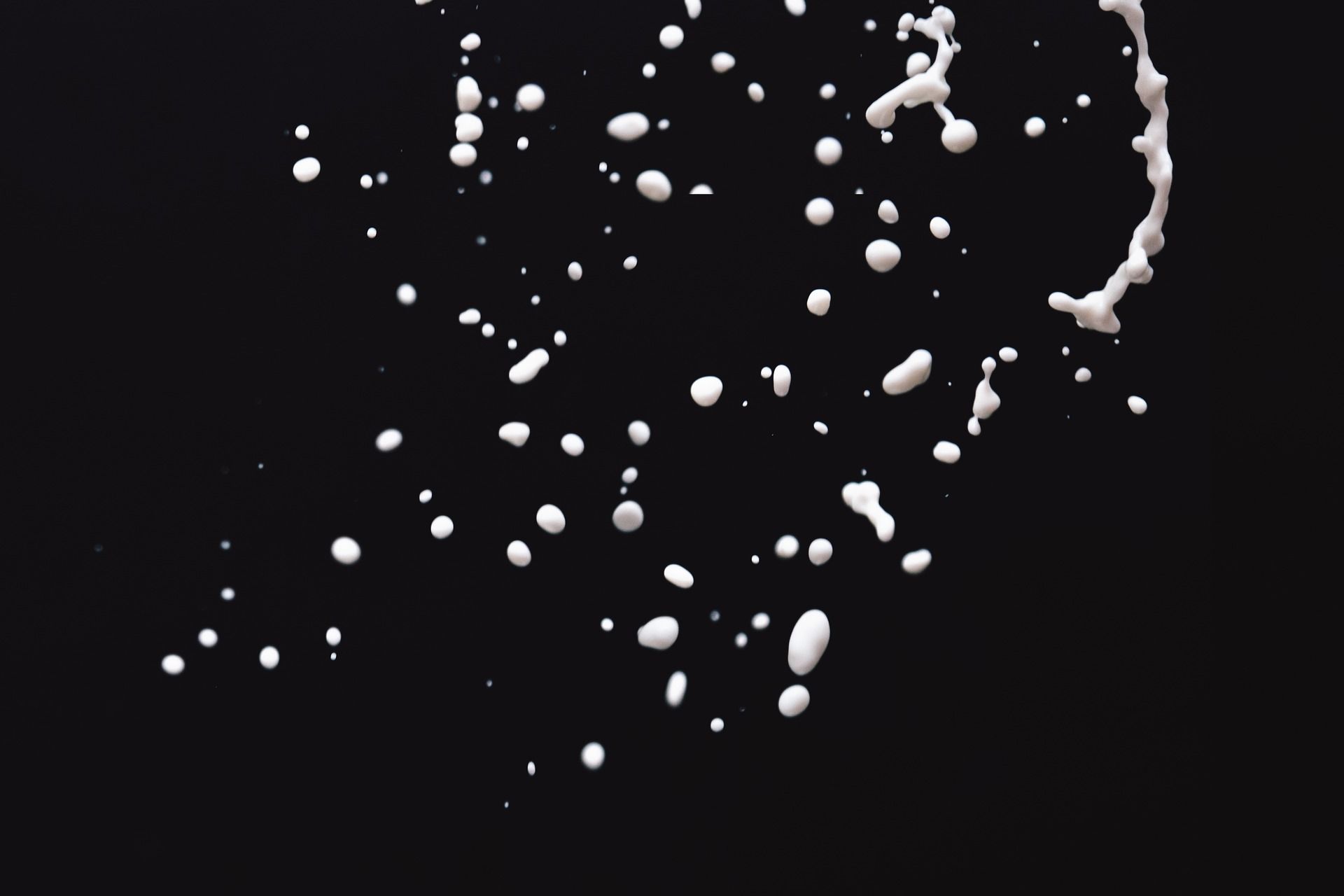
Lactose is often called “milk sugar” because it is only found in milk from mammals including cows, goats and humans. It is white and odorless. Lactose is natural but not vegan.
To digest and absorb lactose you need to break down lactose into two sugars glucose and galactose. It usually happens with your body own enzyme called lactase. But in case your body produces less or no lactase you might be lactose intolerant.
In this case you either add lactase to each dairy meal or you monitor food & co. to control lactose level.
Lactose applications
You might be surprised in how many applications you can face lactose.
Food and Beverage Industry: sweetener, thickener, and filler including dairy products, baked goods, confectionery, and processed foods.
Pharmaceutical Industry: a filler in the production of tablet and capsule pharmaceuticals, as well as a disintegrant to aid in the dissolution of the tablet or capsule in the body.
Cosmetics Industry: production of skin care and personal care products, such as moisturizers and lotions, due to its ability to absorb and retain moisture.
Feed Industry: source of energy and nutrition in animal feed, particularly for young animals and poultry.
Fermentation Industry: substrate for the fermentation of lactic acid by bacteria, which is used in the production of various fermented products such as yogurt, kefir, and sourdough bread.

Lactose Market
The lactose market is growing due to increasing demand for dairy products, infant grade lactose and the growing pharmaceutical industry in developing countries. Estimated CAGR of 3.8%.
2021 - $ 2.22 billion
2022 - $ 2.32 billion
2029 - $ 3.00 billion
The link to the source and full business report here. It includes market segmentation by application, color, purity and geography.

Lactose manufacturing
The separation process typically involves following steps
1. Concentration: The milk is first concentrated to increase the lactose concentration and reduce the volume of other components in the milk. This can be done through evaporation or ultrafiltration.
2. Acidification: The concentrated milk is then acidified to a pH where the lactose begins to precipitate out of the solution. This can be done through the addition of an acid such as hydrochloric acid or by using a starter culture of bacteria that produces lactic acid.
3. Precipitation: The acidified milk is then allowed to stand, allowing the lactose to precipitate out of the solution. The precipitated lactose is then separated from the remaining liquid by filtration or centrifugation.
4. Purification: The separated lactose is then purified to remove any remaining impurities, such as proteins or minerals. This can be done through further filtration, ion exchange, or crystallization.
5. Drying: The purified lactose is then dried into a powder form, mostly by spray drying technology.
Depending on your desired end product and the specific properties of the lactose, this process can be adjusted and optimized.

